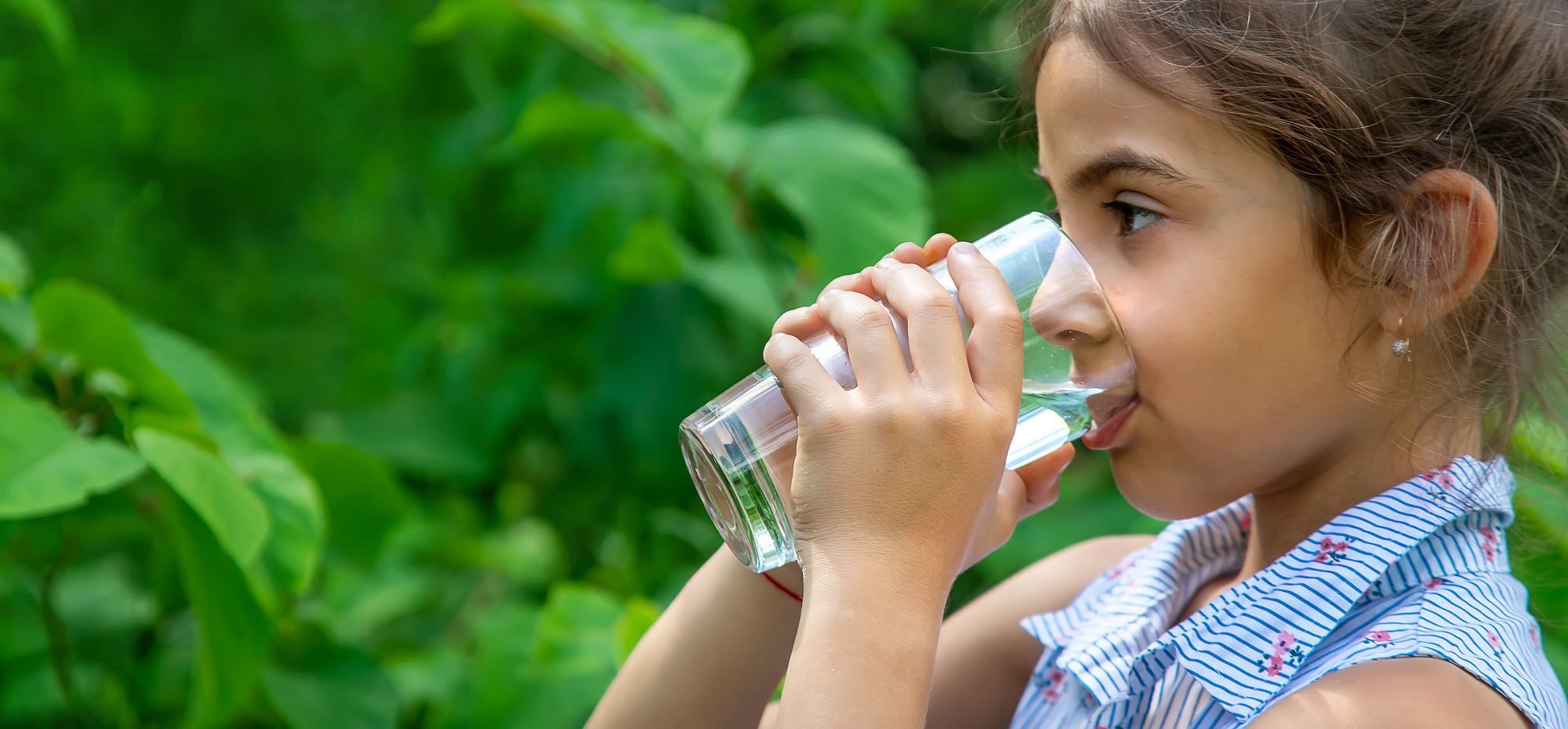Busting COVID-19 Myths

Over the past year, the pandemic has dominated the headlines with scientific breakthroughs and advice on how to protect yourself and your loved ones. Naturally, alongside the science has been an array of fiction and misinformation.
MYTH: Vaccines approved under an Emergency Use Authorization (EUA) might not be safe.
FACT: “The amount of scientific and safety data required to get an EUA for a vaccine is rigorous. The level of scrutiny around safety is extraordinary. The data must show that the product may be effective and its benefits outweigh known and potential risks. We have more than sufficient safeguards in place for the development of vaccines. If a vaccine comes through the EUA process, I will be absolutely comfortable taking it.
Think about it this way: The eradication of smallpox was one of the most important accomplishments in human medicine. However, the vaccines we used to eradicate smallpox would never have gotten through today’s regulatory reviews. Today, we require so much more data and safety information.”
MYTH: Vaccine manufacturers might not be able to meet demand.
FACT: “Multiple vaccines have been tested and found effective against COVID-19. If one manufacturer runs into supply chain problems or backups, then we have second, third, fourth and even fifth-level alternatives to turn to. The fact that we will have multiple vaccines available is a very good thing. The different types of manufacturing processes for these vaccines is also positive because it means there won’t be bottlenecks in the facilities. We are in a much stronger position than if we just had one vaccine, coming from one manufacturer and one supply chain.”
MYTH: Washing hands isn’t needed because the virus spreads primarily by airborne transmission.
FACT: “The virus spreads by both airborne viral particles, respiratory droplets and surface contact, so it’s important to wear a mask, practice social distancing and wash your hands frequently.”
MYTH: Now that we have a number of potential vaccines almost ready, we will be fine.
FACT: “Now that we have developed the vaccines, we must shift our attention to the vaccination process. This starts with overcoming vaccine hesitancy and making sure we have enough trained people to administer the vaccine.”
MYTH: The coronavirus stays active on surfaces for about 24 hours.
FACT: “From what we know about the SARS virus, it’s possible the novel coronavirus can remain viable on surfaces for up to 3 weeks.”
MYTH: As long as you are outdoors, it’s safe for large groups of people to gather.
FACT: “While the fresh air in an open, outdoor setting helps to disperse airborne viral particles, it’s still possible to get infected with COVID-19 at an outdoor event. Think about the Spring Break pool parties and outdoor political rallies in the United States that were documented “super-spreader” events. If someone coughs or breathes on you directly, it probably won’t matter that you are outdoors. Social distancing (proximity between people), mask usage and hand washing are important whether you are indoors or outdoors.”
MYTH: Face masks are all the same.
FACT: “Some face masks are much more effective than others. Ideally, you should look for a mask with a CE mark. Single layer masks should be avoided as they do not provide sufficient protection. Yes. They provide a little bit of protection, but why not purchase a good mask and look after it? Two-layer masks are better, but the best type are three-layer masks with an inner layer, middle layer and outer layer. According to the World Health Organization (WHO), the ideal fabric for mask use by the general public consists of three layers, where two of the three layers are water-resistant (hydrophobic) materials such as polypropylene, and the third layer in contact with the face is an absorbent (hydrophilic) material such as cotton.
Masks should fit snugly and cover your mouth and nose with no gaps or openings. You should be able to breath comfortably through your mask. If breathing is too difficult due to a medical condition, choose a lighter weight mask. While a light-weight mask is not ideal, it’s probably better than no mask at all.”
MYTH: Facemasks don’t need to be washed.
FACT: “You should wash your facemask frequently… every day if possible. An unwashed facemask may be covered in viral particles and you could be carrying it around in your pocket and touching your hands to it every time you put it on. Worse, if you fold it up and put it in your pocket, you can actually contaminate the inside of the mask with the viral particles from the outside. It’s very important to wash your mask every day. It’s easy to handwash a mask in the sink with dish soap and warm water…or put it in the washing machine with the clothes you wore out in public that day.”
MYTH: Plexiglas screens are a simple solution to minimize risk.
FACT: “While Plexiglas screens create a physical barrier to viral transmission, they also add a new surface to the environment that must be cleaned frequently. Think about it: Instead of landing on the floor, the virus lands on this Plexiglas barrier. Most of us wouldn’t think of putting our hands on the floor of a restaurant or shop. Plexiglas barriers may gather just as many viral droplets and particles as the floor. If not cleaned frequently, these barriers may become a high-touch surface that helps spread the virus. Without adequate cleaning, it’s just another transmission point on both sides.”
Share this Article
How NSF Can Help You
Get in touch to find out how we can help you and your business thrive.

What’s New with NSF

NSF Celebrates 50 Years of the Safe Drinking Water Act
December 16, 2024
Brooklands New Media’s Publication On NSF’s Global Animal Wellness Standards (GAWS) Not Endorsed by NSF
November 25, 2024
NSF Announces Participation in Sustainable Foods 2025, CNBC Docuseries
November 18, 2024